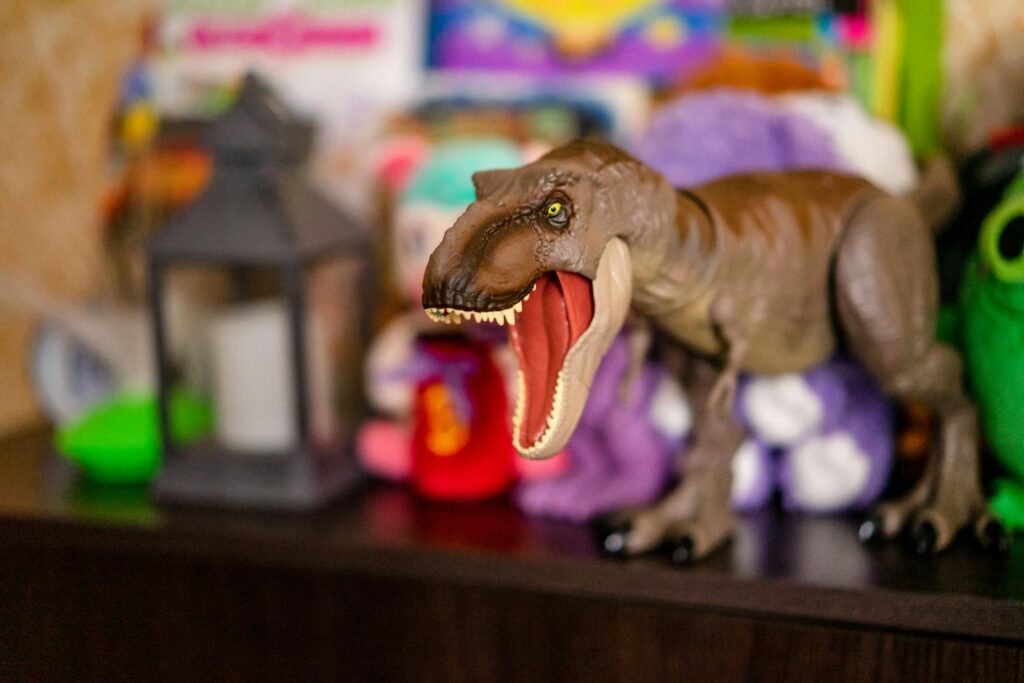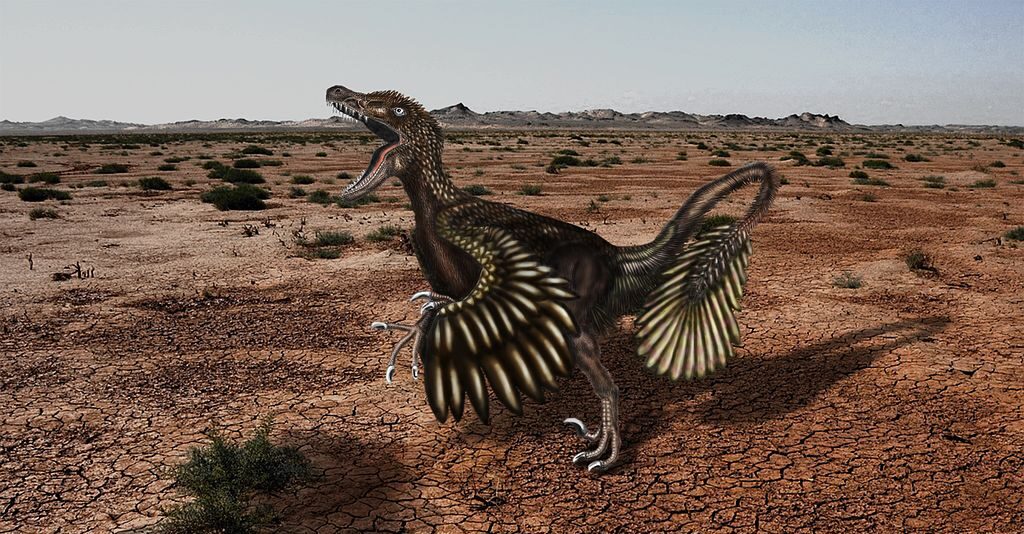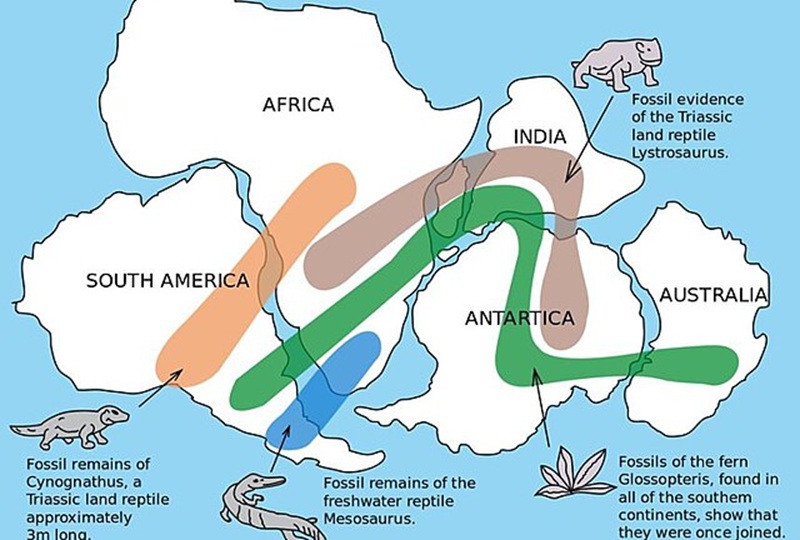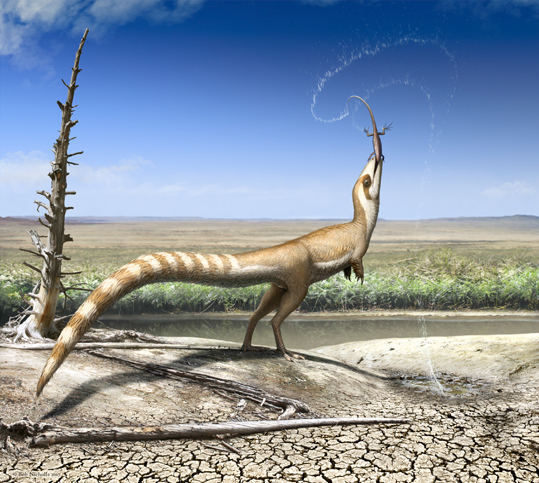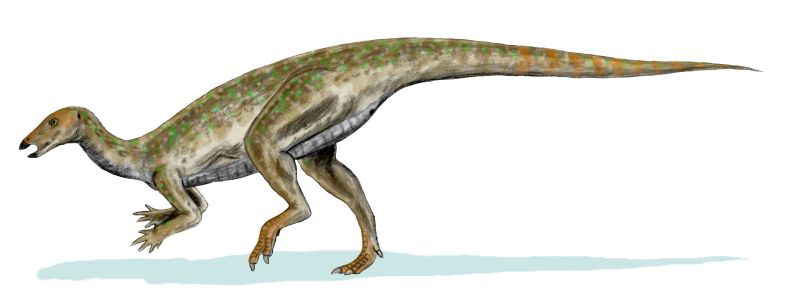Were Some Dinosaurs Nocturnal? Clues From Fossil Eyes
When we imagine dinosaurs, we typically picture them basking in prehistoric sunlight, hunting and grazing during daylight hours. However, recent scientific research challenges this assumption, suggesting that the temporal niches of dinosaurs may have been far more diverse than previously thought. By examining fossilized eye structures and comparing them with modern animals, paleontologists have begun ...


